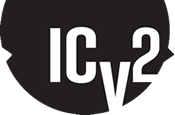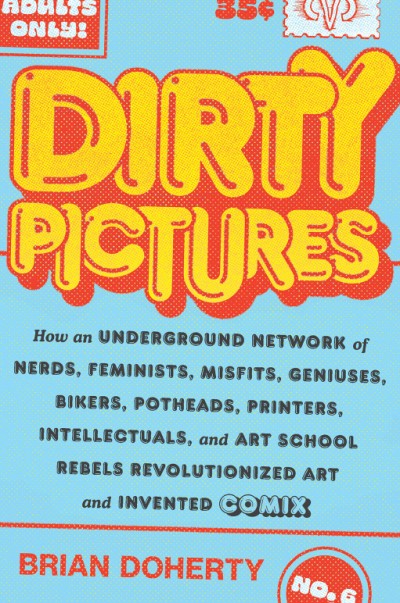
Rob Salkowitz, author of Comic-Con and the Business of Pop Culture, reviewed the book in ICv2, the #1 source of news and information for the buyers, gatekeepers, and tastemakers on the front lines of the geek culture business, writing in the review titled “Dirty Pictures Sheds Light on a Corner of the Comics Business that Still Hasn’t Received Its Due:”
…On the comics side, he knows his stuff, and when he doesn’t, he knows who to ask. A lot of his information comes from firsthand interviews with participants in the movement, and he has clearly cross-checked some of the shaggier shaggy dog stories rather than just repeat them for posterity…
…Dirty Pictures is at its best when it connects the dots of the personal and professional relationships, as well as the connections between underground comix and its seemingly very distant cousin, the mainstream comics industry…
…Doherty’s focus on characters and personalities brings the historical details to life. It also illuminates the relative socio-economic diversity of a movement that gets all lumped together, but actually comes from a number of different places: see the book’s hilariously long subtitle for a clue…
…Doherty covers the pivotal role played by publishers, distributors and retailers, using the same thorough journalistic, multi-faceted approach…
…In a valedictory chapter, Doherty touches on the “contested legacy” of the undergrounds, which used shocking imagery to shatter so many boundaries half a century ago, but appear coarse and offensive through the lens of 21st century cultural values and sensitivities…
…If this topic interests you at all, Dirty Pictures is likely to be the most complete and authoritative account we’re going to get, and is well worth a read…
Dirty Pictures: How an Underground Network of Nerds, Feminists, Misfits, Geniuses, Bikers, Potheads, Printers, Intellectuals, and Art School Rebels Revolutionized Art and Invented Comix is published by Abrams Press.
Brian Doherty is a senior editor at Reason magazine and is the author of This is Burning Man: The Rise of a New American Underground (Little, Brown, 2004). His reporting, essays, and reviews have appeared in the New York Times, the Wall Street Journal, the Washington Post, Mother Jones, and Fantagraphics’s The Best American Comics Criticism, among others. He has also served as a judge for the comics industry’s Eisner Awards.

